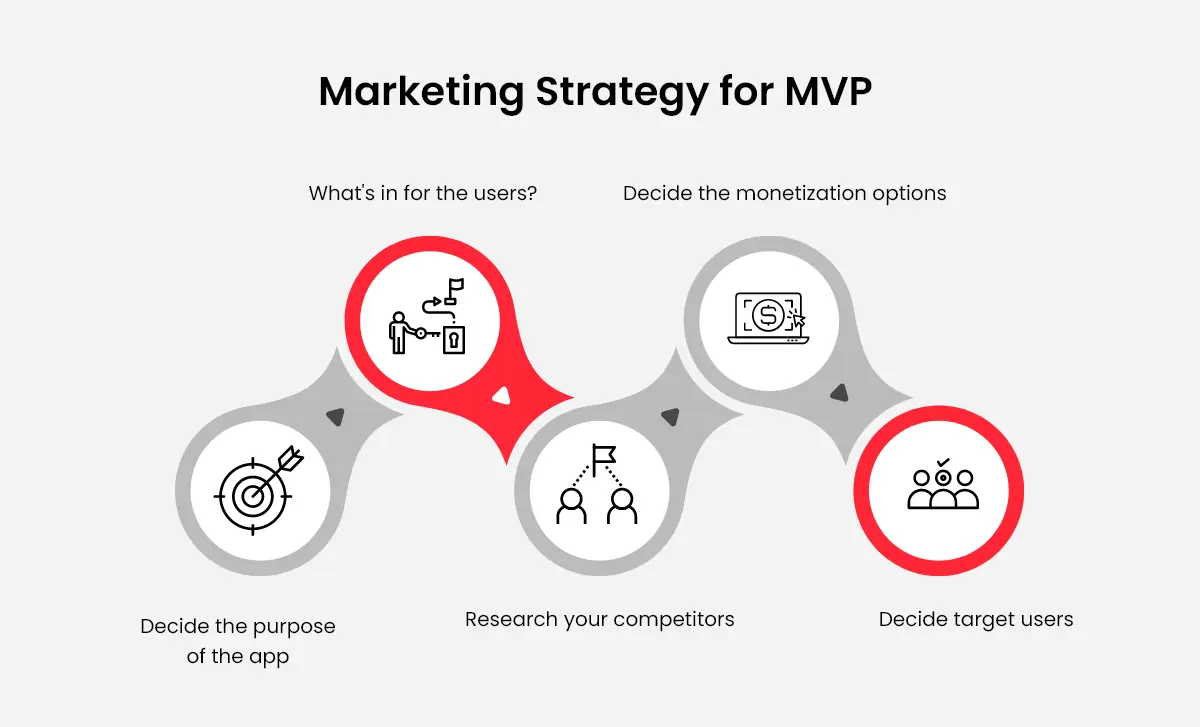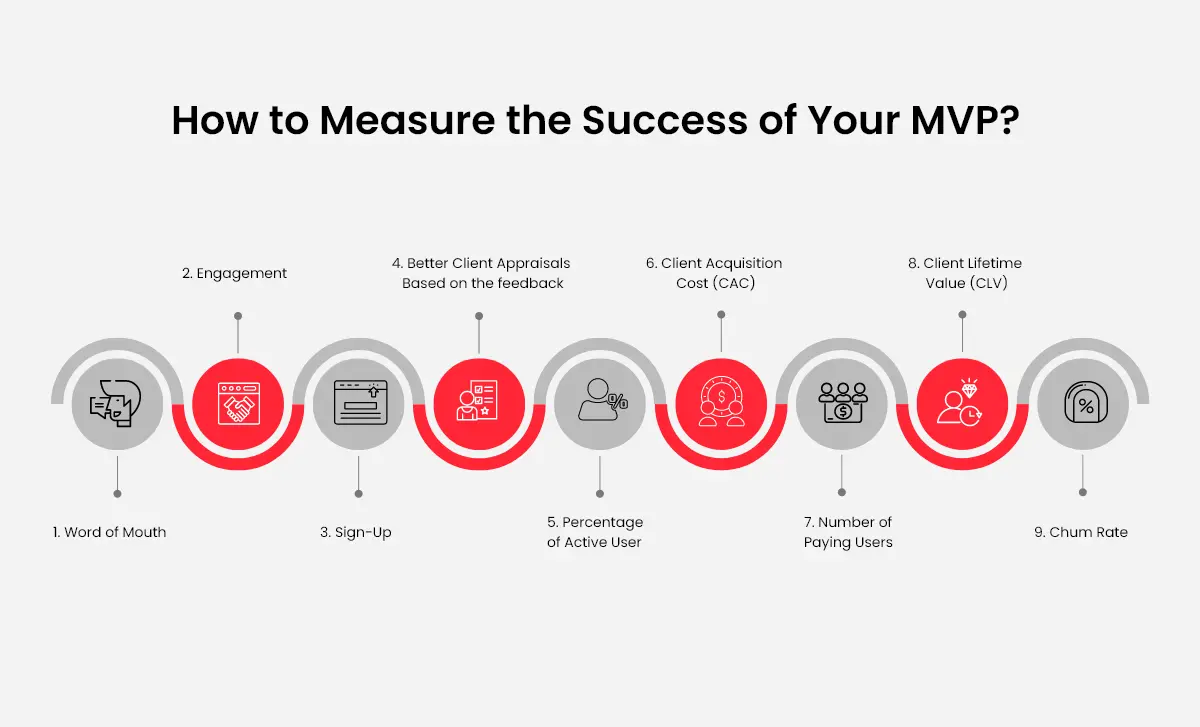Every great product was once an MVP. But it doesn’t mean every minimum viable product will turn out into a successful product. Around 90% of the startups fail to make a mark, according to Failory. To make sure you don’t end up on the list of those failed startups, we have listed down some common mistakes to avoid during MVP app development.

Major Mistakes Behind the Failure of MVP App Development
Mistake 1. Not Validating the Problem
Got an idea, thought it would be a big hit, developed a product, and launched it. And the result is a failure. Most of the MVP ideas are hollow with no real market research. They are simply the solution to an imaginary problem.
Don’t make this mistake. Read your target market in-depth to understand the real problems your customers face. The next step should be creating a product or solution to solve that problem.
Mistake 2. Building a Dreamy Product

In 2014, Google launched Google Glass, a futuristic wearable glass with an augmented reality interface.
Users could take the calls hands-free and click pictures or videos through voice commands. Despite its impressive features, they had to pull off the product from the market in just one year.
Reason? Customers did not want to pay high prices for their futuristic glasses. Plus, they were worried about their health safety, and data security.
Lesson learned: Even a great product is a waste if it’s not valuable or practical for the customers. So, make sure your MVP is not built on your dream rather makes sense for your customers.
Mistake 3. Overstuffing the Product
More is not merrier when developing an MVP, a serious mistake that most businesses make. Of course, your product should have killer features to beat your competitors.
But it should not be overstuffed. Save your nice-to-have features for later and focus only on must-haves to make your MVP truly remarkable.
How many features your MVP should have and how to decide which features are important?
.webp)
Two to three features are a good. But if you can’t decide which one is more valuable, try various prioritization techniques.
Mistake 4. Overbuilding an MVP
Developing everything from scratch, right from coding to designing elements, slows down MVP software development.
Instead, use AI tools for coding faster than traditional methods. Also, use low-code platforms to build your minimum viable product in less time.
Mistake 5. Doing Everything on Own
Whether your product is a mobile app or a web app, the first version should be the best version. And that requires expert MVP developers.
They understand the nuances of development and are skilled enough to handle if anything goes wrong. From finding the best-fit technologies, frameworks, and functionalities, they choose the best for your product.
Mistake 6. Using Minimum Resources
It’s a minimum viable product and not a product built at minimum cost and resources. Many start-ups make this mistake and focus on cutting corners rather than building a functional product.
By utilizing existing resources and manpower that is not the right fit, you attract more loss to your business. Therefore, hire an MVP development agency who knows what works best and lets the wheel rolling.
Mistake 7. Launching a Product Without a Plan
Don’t just sit back and relax assuming your job is done after launching the first sample of your product.
Things have just begun, and you will come across many what-if scenarios. What if your product fails, what if your customers don’t like the features or app’s UI/UX? Or what if they are not willing to pay for the features?
Be ready with a plan to handle these common challenges of post-launching an MVP.
Mistake 8. Not Focusing on Marketing

Your product will never be successful if nobody knows about it. Therefore, focus on marketing as well. Set aside a budget for product marketing, figure out the best channels for promotion, and create an effective marketing strategy.
Mistake 9. Focusing Too Much or Ignoring Feedbacks
Undoubtedly, the core concept of MVP is to gather feedback from the early adopters. However, taking too many reviews or ignoring suggestions will hurt the desired results.
You should prioritize insights that align with your goal. Also, decide who will review the product, how much feedback is good for implementation, and how you would implement them.
Mistake 10. Not Measuring the Success
If you don’t know how the success looks like, you are simply wasting resources and money. Therefore, knowing the key metrics that indicate your app’s success is very important.
For example, an MVP for a food delivery app would focus on metrics such as number of downloads, average order value, order conversions, etc.
If you don’t know how to measure the app’s success, refer the chart below to ensure you are on the right track.

MVP app development is a learning process where failure is inevitable. But you can achieve success by learning from others’ mistakes and following the right steps and strategies. Gather the right resources and partner with experts to develop a truly valuable product.







